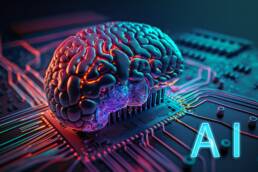The promise of AI has led to an exploding demand for AI talent. Engineers with AI skills are scarce but desperately needed. How can enterprises build AI capabilities despite fierce competition for talent? Follow a three-pronged strategy: cultivate internal talent, leverage AI tools, and bolster recruiting.
The AI Talent Crunch
AI has gone mainstream, but skills have not kept up. There are over 4,000 AI job openings on LinkedIn at any given time, but only 10,000 AI specialists worldwide. Big tech firms snap up most AI PhDs, paying eye-watering salaries. This leaves most companies high and dry.
Enterprises feel this talent crunch acutely. A survey by Ernst & Young revealed that 67% of firms say AI skills shortages prevent adoption. The supply-demand imbalance shows no signs of abating. So enterprises require creative strategies to secure AI skills.
Cultivate Internal AI Talent
Rather than competing in the job market, develop AI expertise internally. Employees already grasp company needs and culture. With training, they can apply their domain knowledge to AI initiatives.
PwC boosted internal AI skills through a training program open to all staff. Employees learn AI fundamentals, tools, and use cases relevant to their roles. This grows a workforce conversant in AI integration. It familiarizes employees with how AI will transform their jobs for the better.
Internal training also builds durable capabilities. Employees stick around longer than external hires. They bring institutional know-how absent in new hires. Homegrown talent ensures retaining skills over the long haul.
Additionally, target non-technical employees for basic AI literacy. Demystify AI for program managers, marketers, salespeople, and others. They will eventually work alongside AI systems. Basic understanding smoothes this collaboration.
Leverage Automated AI Tools
Powerful automated tools now enable building AI solutions without coding. These tools expand access to AI beyond scarce specialists. With the proper approach, any employee can integrate AI using no-code solutions.
For example, MonkeyLearn provides a no-code AI platform. Users upload data sets, select a task like text analysis or data extraction, and train the AI models. This requires no expertise in Python or Tensorflow. Marketing analysts, support agents, and others can leverage AI.
Similarly, Matillion’s no-code tools connect data and train models. Citizen developers with minimal coding skills can wrangle data for AI. Automated tools circumvent the need for rare and expensive data engineers.
No-code tools have limits, of course. Complex applications still require AI specialists. But they offer a potent channel for basic AI integration sans scarce talent.
Bolster Recruiting Efforts
Despite internal training and no-code tools, external hiring remains imperative. Look beyond traditional talent pools to find candidates open to reskilling. Also, pitch the mission and culture, not just compensation.
For instance, AT&T reskills experienced programmers from other backgrounds into AI. A 16-week training program pivots non-AI engineers into AI Practitioners. AT&T also acquires AI startups primarily for the technical talent.
Likewise, highlight the societal impact of your AI initiatives. Tech for good causes attracts talent seeking meaning, not just big paychecks. Don’t just trumpet compensation and perks in recruiting.
Moreover, staffing firms like Toptal, Anthropic and Inspirit AI specialize in AI recruiting. They understand the space and locate candidates on the passive job market. Consider partnerships to augment internal recruiting efforts.
The War for AI Talent
With the right strategy, enterprises can win the war for talent. Cultivate expert networks, enable citizen development of AI, and broaden recruiting approaches. AI skills shortages need not paralyze advancement. Turn the AI talent crunch into an opportunity to strengthen capabilities for the long-term.




